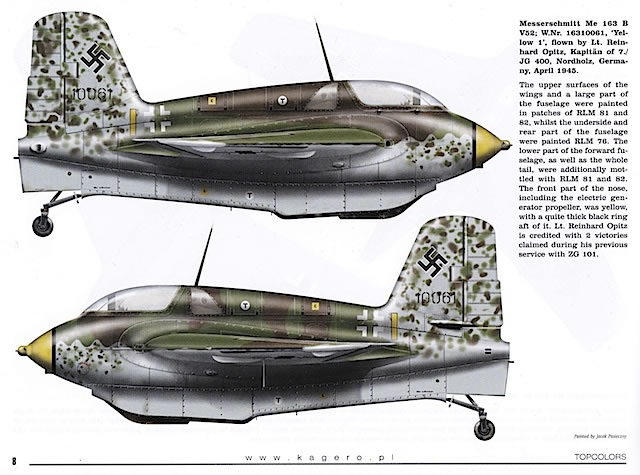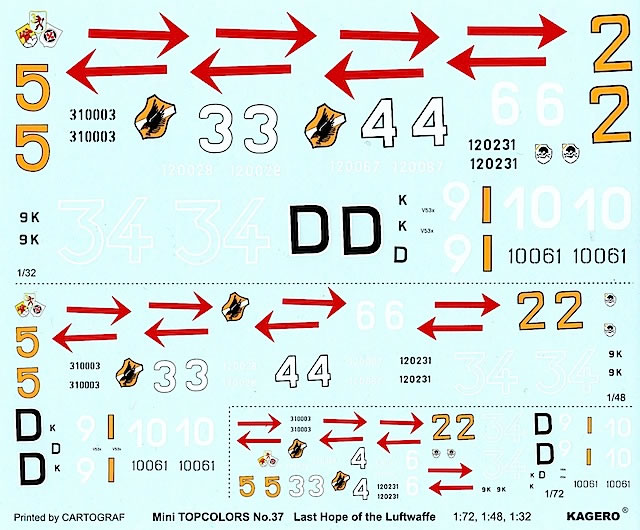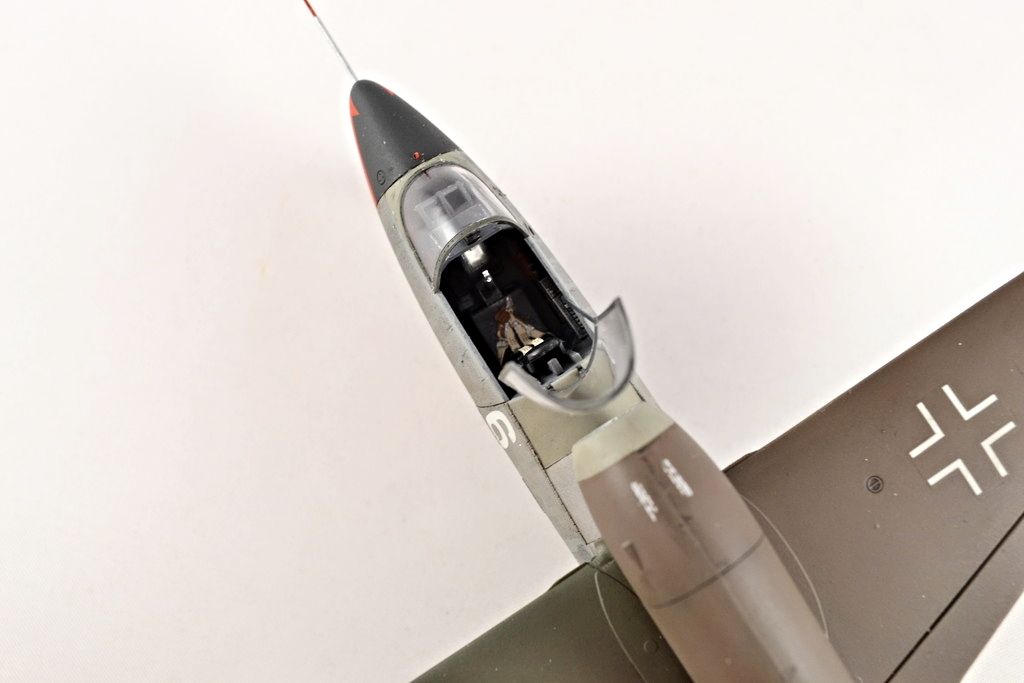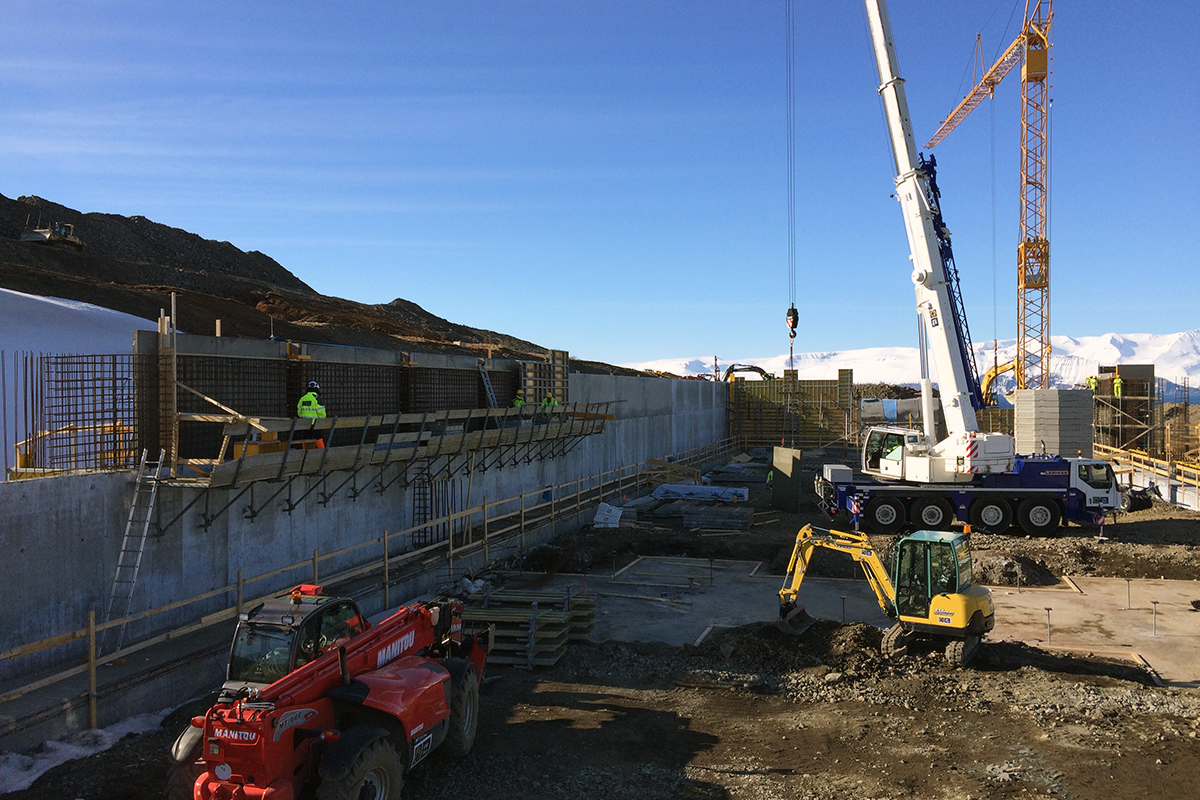Dimethyl ether (DME) has been considered a potential and promising energy alternative for petroleum subproducts due to its good burning characteristics, and to its high cetana content which is. Dimethoxyethane, also known as glyme, monoglyme, dimethyl glycol, ethylene glycol dimethyl ether, dimethyl cellosolve, and DME, is a colorless, aprotic, and liquid ether that is used as a solvent, especially in batteries. DME, or dimethyl ether (CH3OCH3), is a clean, colorless gas that is easy to liquefy and transport, and is made from a variety of renewable materials or fossil fuels. Physically similar Industry Trends. Dimethyl Ether Market size was USD 5. 16 billion in 2015 and is projected witness 9. Dimethyl Ether Market size, by application, (USD Million) The product is a substitute to traditional fuels and holds enormous potential across widespread applications. Abstract: Dimethyl ether (DME) is a clean and economical alternative fuel which can be produced from natural gas through synthesis gas. The properties of DME are very similar to those of LP gas. Dimethyl ether is the simplest ether in the ether group. Dimethyl ether can either be derived from renewable materials such as biomass, municipal waste, and agricultural waste, or from fossil fuels such as coal and natural gas. Dimethyl ether (DME) Production process DME is primarily produced by converting natural gas, organic waste or biomass to synthesis gas (syngas). The syngas is then natural gas and coal) since it is the raw material used in the production of dimethyl ether (DME). The full cost of methanol was used as the basis for the transfer price of. Dimethyl ether is currently produced from natural gas, coal and biomass through synthesis gas as an intermediate. Recently, the attention to DME has increased because of its potential in addressing energy security and environmental problems. Turn natural gas and biogas into DME (dimethyl ether): Unitel Technologies (Chicago) has developed a patented modular, small scale process to convert methane into DME. Compared to other technologies, Unitel's design is significantly less expensive: it can be delivered to market faster and is better suited to remote and dispersed locations. DIMETHYL ETHER (DME) PRODUCTION FROM SHALE GAS BY DIRECT AND INDIRECT METHODS. Submitted to the Office of Graduate and Professional Studies of. in partial fulfillment of the requirements. Dimethyl ether (DME) is a new fuel that could help address environmental and fuel security issues. DME can be produced from a variety of feedstocks, including natural gas or biomethane. Packaging 1 kg in SurePac 100, 400 g in SurePac Recommended products Brass hose adapter Z or brass body mini gas regulator Z is recommended. Dimethyl Ether Production University of TNChattanooga ENCH 4290Intro to ChemE Design Submitted By: Aziz Albatattah, Alwabari Abdulmohsen, Marquita Beard Al Slideshare uses cookies to improve functionality and performance, and to provide you with relevant advertising. This statement can be supported by the targeted production of methanol, dimethyl ether, olefin and oil in 2010, 2015 and 2020 reported by National Development and Reform Commission, showing a rapidly increase in production of DME from 3 million tons in 2010 to 11 million tons in 2015. DME (Dimethyl Ether) is an organic compound mainly used as aerosol propellant and as a reagent for the production of widely applied compounds as the dimethyl sulfate (a Dimethyl ether (DME) is manufactured from syngas using an indirect DMEsynthesis method (twostep process), that consists of a methanol synthesis and dehydration process. A more recent addition to this family of sulfurfree, nearzero aromatics synthetic fuels is dimethyl ether (DME), which is considered an excellent substitute for conventional diesel and. Direct Synthesis of Dimethyl Ether (DME) from Syngas Kaoru TAKEISHI, and Yoshimi AKAIKE Dimethyl ether (DME) is slightly expensive chemical now, because DME is manufactured by dehydration process of methanol. However, DME is expected as a systematically occurred, and the DME production rate will be faster. Dimethyl ether (DME) is a clean energy source that can be manufactured from various raw materials such as petroleum residues, coal bed methane, and biomass as well as natural gas and coal. DME generates absolutely no SOx or black smoke (soot) when burned. DME is an ultra lowemission, nontoxic fuel produced from both renewable and fossil resources that is stored and handled in the same manner as LPG. Dimethyl Ether (DME) is a clean alternative fuel that is coal based. China plans to lead the world in the clean energy race by creating the largest dimethyl ether project in. Dimethyl ether (DME) is a synthetically produced alternative to diesel for use in specially designed compression ignition diesel engines. Under normal atmospheric conditions, DME is a colorless gas. It is used extensively in the chemical industry and as an aerosol propellant. Dimethyl ether (DME) is a wellknown propellant and coolant, an alternative clean fuel for diesel engines which simultaneously is capable of achieving high performance and low emission of CO, NO x and particulates in its combustion. It can be produced from a variety of feedstocks such as natural gas, coal or biomass; and also can be processed into valuable coproducts such as hydrogen as a. Dimethyl ether (DME), also known as methoxymethane, is the simplest ether which has widespread applications in chemicals industry and is extensively used as aerosol propellant. DME can be produced using a variety of feedstock such as biomass, methanol, and fossil fuels. Dimethyl ether (DME) is of high industrial interest due to its use as clean fuel for diesel engines or in Production of Methanol and Dimethyl Ether From BIOMASS DERIVED SYN GAS. China Energy is believed to be China's largest producer of Dimethyl Ether (DME) based on our current production capacity. DME is an clean fuel with lower smoke emission rates compared to Liquefied Petroleum Gas (LPG) and diesel. Disclosed herein is a process for monetization of natural gas by producing fuel grade dimethyl ether (DME). The process includes three reactive stages with the first reactive stage being the conversion of natural gas into syngas, the second reactive stage being the conversion of syngas into crude methanol and the third reactive stage being the production of fuel grade dimethyl ether. Dimethyl Ether (DME) DME is emerging as the optimal energy vector for the 21st century. DME has a high oxygen content and no carbontocarbon bonds. A 1: 1 replacement fuel for diesel engines. Recently, Dimethyl Ether (DME) has come to be viewed as a fuel source that will produce clean energy in the future. The features which make DME particularly attractive include the fact that it does not generate any Particulate Matter(PM) as exhaust when used as a diesel fuel substitute, and that it can be easily produced from a number of. Dimethyl ether Dimethyl ether synthesis Topsoes dimethyl ether (DME) technology and catalyst are designed to create a costefficient and endproduct flexible production, with high product quality and low energy consumption. Depending on the type of feedstock available on site, Topsoes dimethyl ether (DME) technology and catalyst are designed to create a costefficient and endproduct flexible production, with high product quality and low energy consumption. methoxymethane, wood ether, dimethyl oxide or methyl ether, is the simplest ether. It is a colourless, slightly narcotic, non Dimethyl ether (DME) Production process DME is primarily produced by converting natural gas, organic waste or biomass to synthesis gas (syngas). The syngas is then The Study of Process Design for Production of the Clean Fuel Dimethyl Ether (DME) YouSyuan Chen, JyunDa Lin, JhenRen Lee, AnLi Shieu, JingJie Lan, and GowBin Wang Dimethyl Ether (DME) DME and bioDME have a number of uses in products and are most commonly used as a replacement for propane in liquid petroleum gas (LPG), but can also be used as a replacement for diesel fuel in transportation. Dimethyl ether (DME) can be produced from coal, natural gas or biomass and it is used for a variety of purposes including as an aerosol propellant and chemical precursor. DME is an attractive alternative for diesel substitution due to its high cetane number and low tailpipe emissions. The FLEDGED project will deliver a process for Biobased dimethyl Ether (DME) production from biomass. The FLEDGED project will combine a flexible sorption enhanced gasification (SEG) process and a novel sorption enhanced DME synthesis (SEDMES) process to produce DME from biomass with an efficient and low cost process. Of the derived alternative fuels (e. , DME, methanol, diesel, naptha, hydrogen, etc. ) from natural gas, biomass or electrolysis, the production of dimethyl ether is the most efficient process. Hydrogen production efficiencies from natural gas vary widely between the two studies. As dimethyl ether (DME) does not contain sulfur or ash, it does not generate any SOx or particulate matter when combusted. It is a clean fuel of high cetane number, excellent combustion characteristics and extremely low toxicity, which is not believed to cause global warming or destroy the ozone layer. DME (dimethyl ether) is a cleanburning, nontoxic, potentially renewable fuel. Its high cetane value (5560) and quiet combustion, as well as its inexpensive fueling system, make it an excellent, inexpensive diesel alternative that will meet strict emissions standards. The invention relates to processes for production of dimethyl ether from methane or natural gas comprising: a dryreforming step, wherein methane and carbon dioxide are converted into carbon monoxide and hydrogen, and a DME synthesis step, wherein the carbon monoxide and hydrogen formed in the dryreforming step are converted into dimethyl ether, wherein the dryreforming step and the. Dimethyl ether (DME) is a flammable gas that changes to liquid phase when applied a relatively mild pressure to it, i. Therefore, DME has a special advantage to be utilized as both the. Dimethyl Ether Production Technology (DME) Technology overview 1. Background and process overview Dimethyl ether (DME) is a clean energy source and as it generates no sulfur oxide or soot during combustion its DME is already utilized as a fuel on a smallscale in an inland area of China. In Japan, activities toward the practical application Abstract. Technical and economic analysis was done for the biomass to dimethyl ether (DME) technology to promote the route for biofuel production and its application as a fossil fuel substitute. for Conversion to Dimethyl Ether (DME) A Clean, Renewable Diesel Alternative DME production LFG Manurebased biogas Colocated Small scale DME production DME Vehicles NG Pipeline Methanol production Methanol Rail Transportation and Distribution (Rail Truck) MethanoltoDME Black liquor Production of Dimethyl Ether Background A feasibility study on the production of 99. 5 wt dimethyl ether (DME) is to be performed. The plant is capable of producing 50, 000 metric tons of. DME (Dimethyl Ether) is an organic compound mainly used as aerosol propellant and as a reagent for the production of widely applied compounds as the dimethyl sulfate. Dimethyl ether is a colorless gas with a faint ethereal odor. It is shipped as a liquefied gas under its vapor pressure. Contact with the liquid can cause frostbite..











